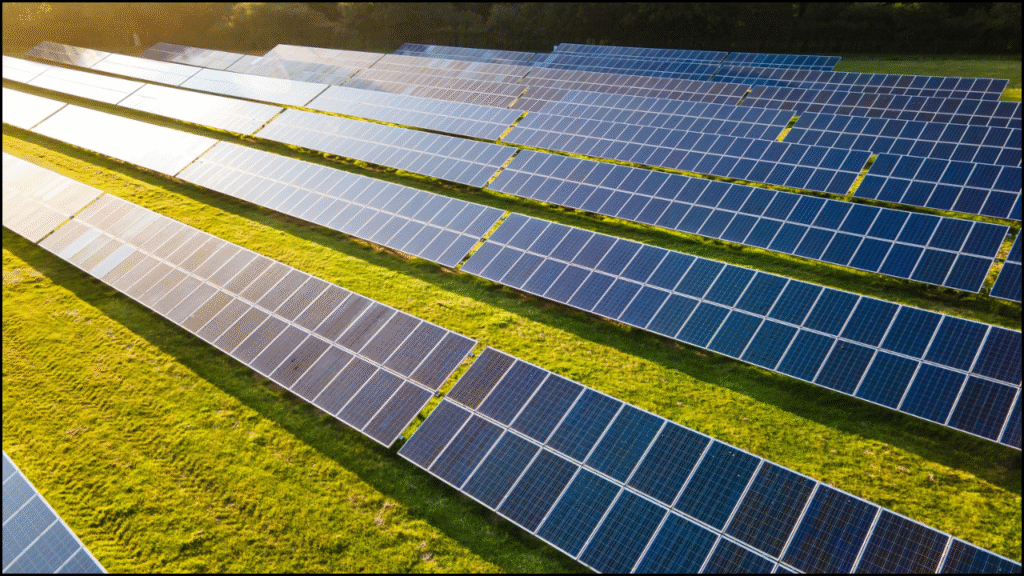
Bilateral research funding plays a crucial role in advancing renewable energy innovation across nations. International partnerships between governments, universities, and industries create a framework where knowledge, technology, and financial resources are shared efficiently. This collaboration enables countries to address climate change, develop clean technologies, and accelerate the global transition toward sustainable energy systems.
Table of Contents
Importance of Bilateral Research Funding
Bilateral funding supports joint projects where two countries pool their expertise and financial resources. This approach ensures that technological advances are not isolated but instead benefit multiple economies and environments. It allows countries to tackle complex challenges such as offshore energy development, grid stability, and large-scale storage solutions through combined scientific efforts.
- Encourages exchange of knowledge between leading research institutions
- Enhances innovation by combining diverse technical expertise
- Expands access to funding for large-scale, cross-border renewable projects
- Builds long-term diplomatic and scientific relationships
- Strengthens global response to energy and climate challenges
Major Objectives of Bilateral Renewable Energy Funding
Bilateral research programs often focus on addressing both environmental and economic objectives. The key goals revolve around developing technologies that ensure energy security, sustainability, and affordability.
| Objective | Description |
|---|---|
| Innovation Promotion | Development of next-generation renewable technologies through collaborative R&D. |
| Sustainability Focus | Advancement of green solutions that reduce carbon emissions and environmental impact. |
| Capacity Building | Training of researchers and engineers across nations to develop global expertise. |
| Economic Growth | Creation of new industries, jobs, and business opportunities in clean energy sectors. |
| Policy Alignment | Harmonisation of regulations and standards for global renewable energy cooperation. |
Examples of Bilateral Renewable Energy Partnerships
Global partnerships between major funding agencies demonstrate how cooperative research fosters innovation in renewables.
- UK–China Collaboration: The partnership between the Engineering and Physical Sciences Research Council (EPSRC) and the National Natural Science Foundation of China (NSFC) funds projects on offshore renewables, smart grids, and low-carbon technologies.
- India–UK Energy Research Partnership: Focuses on renewable integration, hydrogen energy, and energy-efficient systems through joint funding.
- US–Germany Energy Innovation Program: Supports advanced storage technologies and offshore wind research.
- Australia–Japan Hydrogen Collaboration: Promotes green hydrogen production and infrastructure development.
Impact on Renewable Energy Development
Bilateral funding creates opportunities for the large-scale adoption of renewable energy technologies. It helps reduce duplication of research efforts and accelerates innovation through shared expertise.
- Accelerated Technology Transfer: Innovations such as floating offshore wind platforms or tidal energy converters reach global markets faster.
- Improved Infrastructure Design: Collaborative research improves offshore energy structures and grid integration models.
- Enhanced Data Sharing: Global datasets improve predictions for wind, solar, and ocean energy performance.
- Strengthened Research Networks: Scientists and engineers from different nations collaborate on common energy challenges.
Financial Mechanisms and Support Models
Different funding mechanisms support bilateral research, ensuring both partners contribute equitably to shared projects.
| Funding Model | Key Features |
|---|---|
| Matched Funding | Each participating country provides equivalent financial support for the same project. |
| Joint Grants | Combined applications reviewed and funded by both national agencies. |
| Industry Partnerships | Inclusion of private companies to co-fund and commercialise innovations. |
| Capacity-Building Grants | Focused funding for training and knowledge exchange programs. |
| Pilot Project Support | Funding for demonstration-scale renewable installations. |
Advancing Offshore and Marine Renewables
Bilateral programs have significantly influenced offshore renewable sectors such as wind, tidal, and wave energy.
- Offshore Wind Collaboration: Joint research between European and Asian nations has advanced floating turbine design and deep-sea wind farms.
- Tidal Energy Projects: Shared expertise enhances turbine durability and improves energy conversion efficiency.
- Marine Data Networks: Cooperative monitoring systems improve ocean condition prediction and resource mapping.
Role in Addressing Global Energy Inequality
Bilateral funding helps bridge the gap between developed and developing nations. Shared research provides access to sustainable technologies that might otherwise be inaccessible.
- Supports renewable infrastructure in low-income nations
- Enables technology transfer through co-development projects
- Strengthens educational and research capacity in emerging economies
- Promotes equitable access to clean energy innovations
Challenges in Bilateral Research Collaboration
While bilateral research brings immense benefits, it also faces practical and strategic challenges.
| Challenge | Explanation |
|---|---|
| Regulatory Barriers | Different environmental and research policies may delay project approval. |
| Funding Asymmetry | Unequal financial contributions can cause coordination difficulties. |
| Data Ownership Issues | Intellectual property rights must be clearly defined to prevent conflicts. |
| Cultural Differences | Communication styles and institutional structures can affect collaboration. |
| Long-term Commitment | Sustained funding is required to ensure project continuity and impact. |
Technological Fields Benefiting Most from Bilateral Funding
Bilateral research partnerships have strengthened specific areas of renewable energy development.
- Offshore and floating wind energy systems
- Smart grids and energy storage integration
- Hydrogen production and fuel cell technologies
- Carbon capture and utilization research
- Ocean energy and environmental monitoring systems
Future Directions of Bilateral Renewable Energy Collaboration
The future of bilateral funding will emphasize innovation ecosystems where academia, industry, and government align more closely. Focus will shift toward scalable technologies, resilient infrastructure, and AI-driven energy management systems.
- Expansion of cross-sector partnerships linking clean tech startups and global research centers
- Development of shared renewable energy data platforms
- Integration of digital technologies for grid optimization and predictive maintenance
- Strengthened focus on climate adaptation and coastal resilience research
Final Analysis
Bilateral research funding represents one of the most effective pathways for advancing global renewable energy innovation. Collaboration between nations transforms scientific research into practical solutions that support energy security, economic growth, and environmental sustainability. Shared investment in clean technologies not only accelerates the energy transition but also fosters global unity in the fight against climate change. The future of renewables depends on continued cooperation and mutual commitment to a cleaner, more sustainable world.





